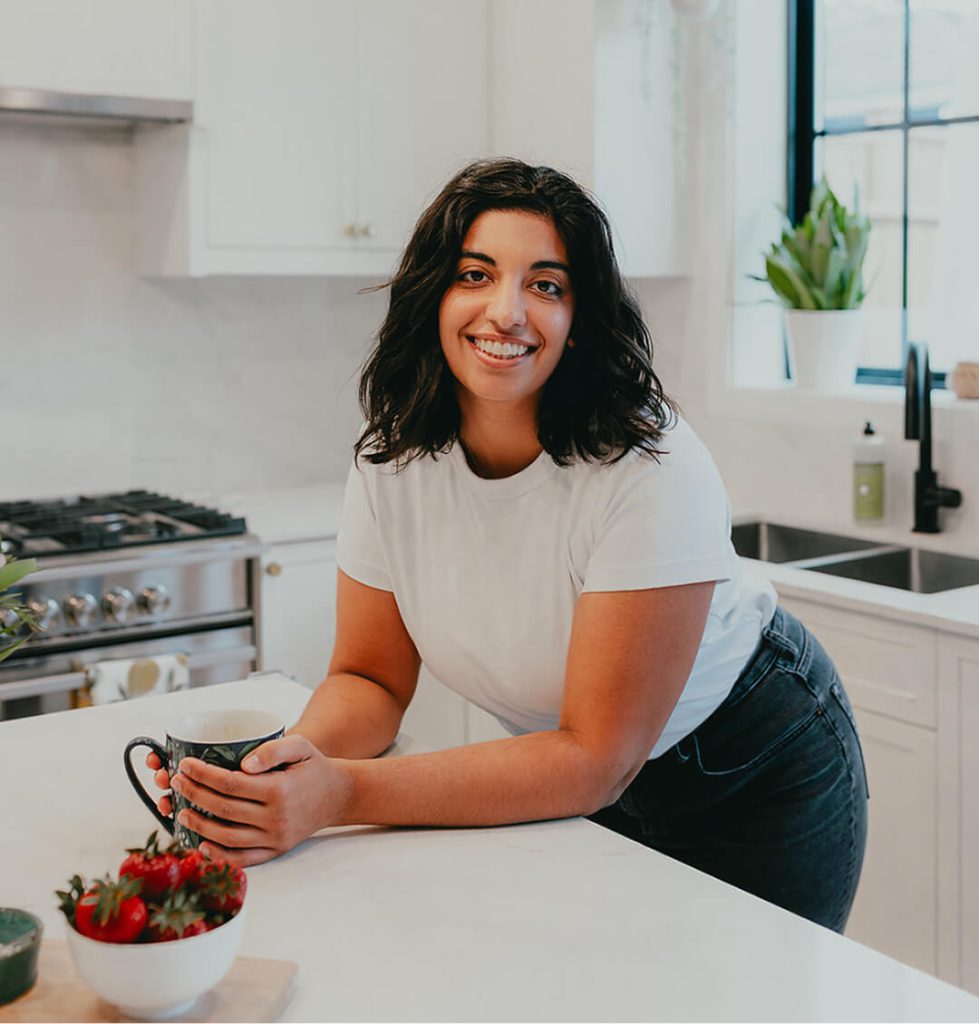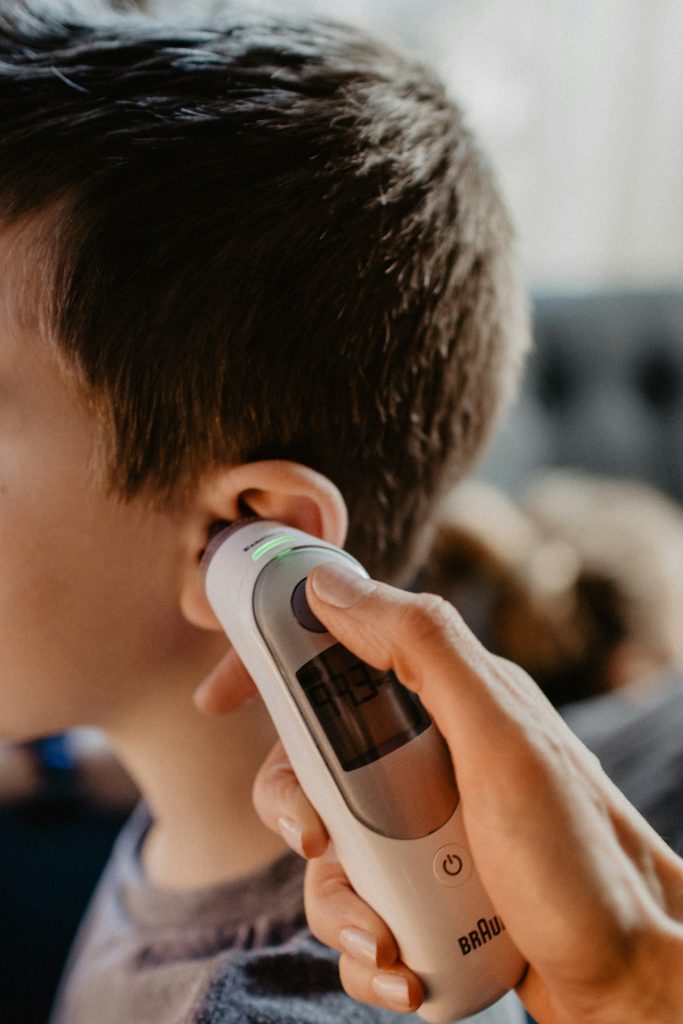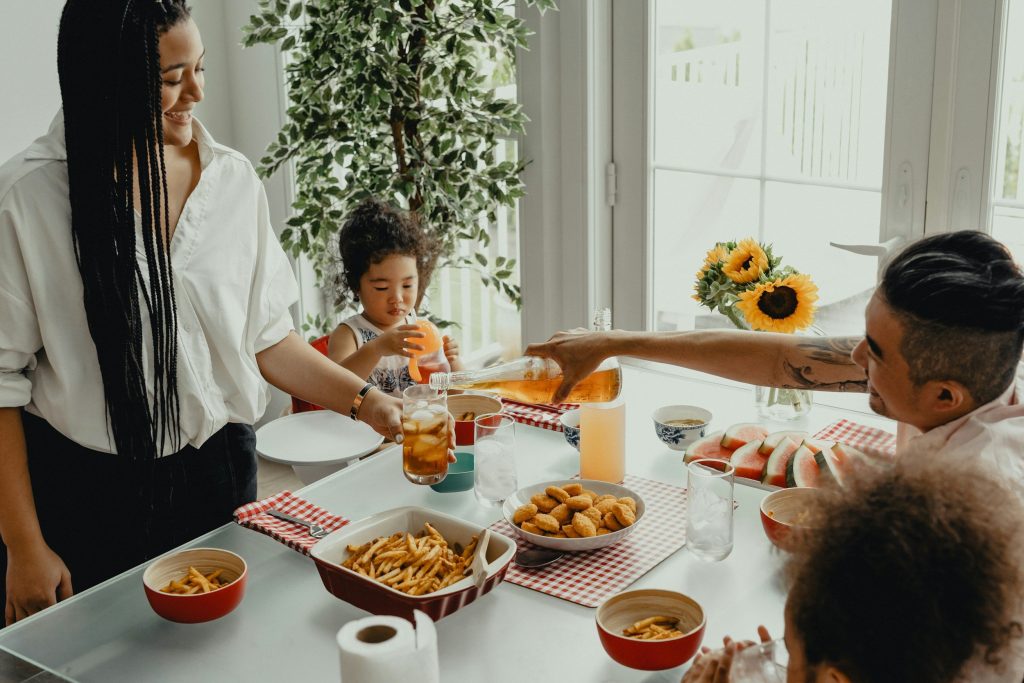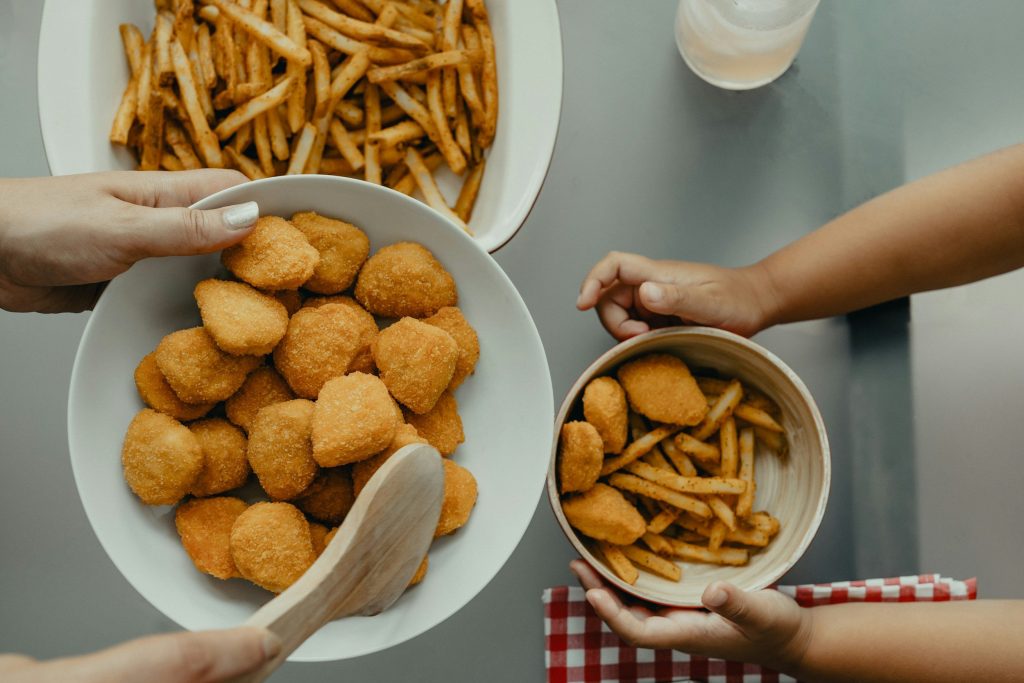Written By Soleina Karamali, RD
Starting your baby on solids is a big milestone. It’s exciting to imagine them tasting new flavors, exploring textures, and joining you at the family table. But if you’ve been scrolling through social media or reading parenting forums, you might also feel overwhelmed by conflicting advice. Should you do purées or baby-led weaning? Is rice cereal safe? How do you prevent choking? And what if your baby refuses to eat?
I get it! There’s a lot of information out there, but starting solids really doesn’t have to be stressful.
1. There’s No “One Right Way” to Start
You’ll hear a lot of strong opinions about the “best” method, whether that’s spoon-fed purées, baby-led weaning (BLW), or a mix of both. Just like everything with parenthood, the method you choose depends on your family and on your child. Here’s the truth:
- You can absolutely combine methods.
- All approaches can help your baby develop healthy eating skills.
- The best method is the one that feels safe and sustainable for your family.
2. Your Baby Sets the Pace
Feeding is a developmental skill, just like talking, walking, and other milestones. Some babies take to solids quickly and others need more time. Both are normal! Think of the first couple of months as a learning phase, not a race to replace milk feeds. Your role is to offer opportunities and let your baby decide how much to eat.
3. Gagging is a Normal Part of Learning
Gagging can be anxiety-inducing to watch, but it is a very normal and developmentally appropriate part of feeding. Most importantly, gagging is different than choking. Gagging is a built-in safety reflex that helps your baby learn to manage textures. Choking, on the other hand, is silent and requires immediate action. Learning the difference can make you feel much more confident.
4. Mess is a part of the process
Embrace the mess! As baby learns to eat there is guaranteed to be mess. There will likely be food on the floor, their face and likely on you. That’s okay! Messy eating is wonderful sensory exploration and actually can lead to more tasting. It helps baby’s understand what textures feel like and imagine what that food might feel like in their mouth. If you’re someone who prefers less mess, there are lots of options out there to minimize mess, like full body bibs, splat mats for the ground, or catchers for around the high chair.
5. You’re not alone!
If you feel unsure, and feel overwhelmed with the amount of information out there, First Feast was created for you. This package is designed to provide in-home, personalized support so that you can feel confident feeding your child right from the start.
With First Feast, you’ll learn:
- How to introduce solids safely and confidently
- How and what to look for when introducing common allergens
- What textures to serve that meet your baby’s skill level
- Strategies to minimize picky eating from the beginning
- What nutrients are key for baby’s development during this phase
Starting solids should be exciting—not overwhelming. First Feast gives you the step-by-step plan and reassurance you need so you can focus on enjoying this milestone with your baby.
Bottom Line
Starting solids is about more than nutrition – it’s about learning, exploration, and connection. Focus on offering a variety of foods, eating together as a family, and enjoying the journey. The rest will follow!
If you have more questions about how Every Eater can support your family, book your FREE 15-minute Discovery Call to have all your questions answered!



